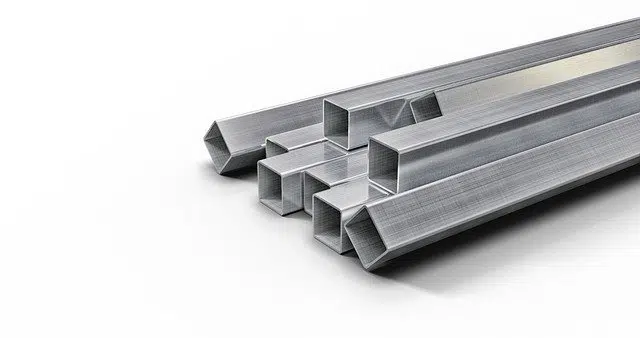
Metals are characterized by their shine and by conducting heat and electricity.
Metals are chemical elements capable of conducting electricity and heat , which exhibit a characteristic shine and which, with the exception of mercury, are solid at normal temperatures.
The concept is used to name pure elements or alloys with metallic characteristics . Among the differences with non-metals, it can be mentioned that metals have low ionization energy and low electronegativity.
Characteristics of metals
Metals are tenacious (they can receive sudden forces without breaking), ductile (it is possible to mold them into threads or wires), malleable (they become sheets when compressed) and have good mechanical resistance (they resist tensile, bending, torsion forces). and understanding without deformation).
There are metals that appear in the form of native elements ( copper , gold , silver ), while others can be obtained from oxides, sulfides, carbonates or phosphates. Metals are often widely used in industry, as they offer great stability and have extensive protection against corrosion.
Uses since prehistoric times
The benefits of metals have been known to man since prehistory. At first, those that were easy to find in their pure state were used, although, little by little, metals that were obtained from the use of furnaces began to be added.
The use of copper ore with tin allowed the creation of the alloy known as bronze , which gave rise to a new historical era ( Bronze Age ).

Steel is an alloy that has multiple uses and applications.
Examples of metals and alloys
Today we can distinguish between different types of metals, such as precious metals (which are found in a natural state without the need to combine them with others to form compounds) and heavy metals (which exhibit a high density and have a certain toxicity).
Steel is an alloy of carbon (of which it can contain between 0.04% and 2.25%) and iron. The percentage of carbon it has and how it is distributed in the iron have a direct impact on its physical properties and its behavior at different temperatures .
It is one of the metals with the most applications in industry; Among other things, it is used for the manufacture of:
* tools and instruments used, in turn, to build cars and ships;
* the structural bases of buildings, thanks to their great resistance;
* suspension and arch bridges, among others;
* contemporary art;
* utensils of various types and small tools.
Copper
Copper is very ductile and malleable, and resists corrosion very well. Additionally, it conducts heat and electricity. Regarding its applications, it is used for:
* manufacture cables and components of electrical appliances;
* mint coins;
* make ornamental objects and kitchen utensils;
* produce electrotypes;
* reinforce parts of certain wooden structures.
Tin
Tin is a silvery-white metal that, if below 13°C, turns into a grayish powder and is called gray tin . Among its main characteristics we can mention its vulnerability to strong acids and that it emits a particular sound when bent (known as the tin scream ).
Tin is also one of the metals with important applications, such as the following:
* It is used in the form of paper to wrap and preserve some foods;
* Used to create capacitor sheets, used in the electrical industry;
* protects iron sheet (also called tinplate , used to make containers and other containers) against rust ;
* can be alloyed with other metals to obtain anti-friction materials, which are used in the manufacture of pads.
Aluminum
Aluminum is the most abundant metallic element, and is mainly characterized by its lightness, for being highly reactive, very electro positive, and for being able to reduce metallic compounds to basic metals. When it comes into contact with hot air , it suffers from corrosion.
It is one of the most used metals in the industry, since it is used for:
* the construction of air and land transportation means;
* the manufacture of kitchen utensils, aluminum foil, wire and pistons for internal combustion engines;
* make wrappers;
* cast iron, since its tension and ductility are especially appreciated.
